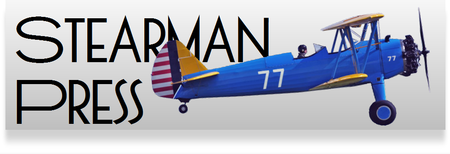We're pretty sure that everyone reading this knows about gray cards and how to use them; so we'll skip the introduction. (If not, there are thousands of YouTube videos available, some even get it right.)
So when we designed the Photographer's Logbook (available here), it only made sense to make the cover a standard 18% gray card. Turns out that's easier said than done, most print shops have no idea what "18% gray" means or how to reproduce it.
Actually, the first problem was determining true 18% gray. We've got a bunch of gray cards from different manufacturers and none of them are exactly the same shade of gray.
Frankly, the exact shade of gray doesn't really matter; what matters is how much light it reflects. As an extreme example, I was told years ago that Kodak's yellow boxes where designed to reflect the same amount of light as a gray card, so we included one in our testing. Anyway, we took our collection outside in the bright Colorado sun and shot them with our spot meter (set at ISO 100).
| Sample | EV reading |
| Card 1 | 15.6 |
| Card 2 | 14.9 |
| Card 3 | 15.5 |
| Kodak | 14.7 |
| Film Box | 16.3 |
| Logbook | 14.7 |
Obviously, the film box isn't a very good gray card. While the rest are all close, there is a clear disparity between them.
We decided that Kodak must know what they're doing and chose it as our standard. After a bit of experimenting, the printer was able to match it. Of course, your results might differ, depending on lighting, your meter etc. However, the Logbook cover will provide a pretty good starting point.
Editorial comment: the secret to success is consistency. If you always calculate your exposures the same way, using the same gray card, it doesn't really matter if that particular card is a bit different than what would be considered "standard", you'll soon be getting great results.
